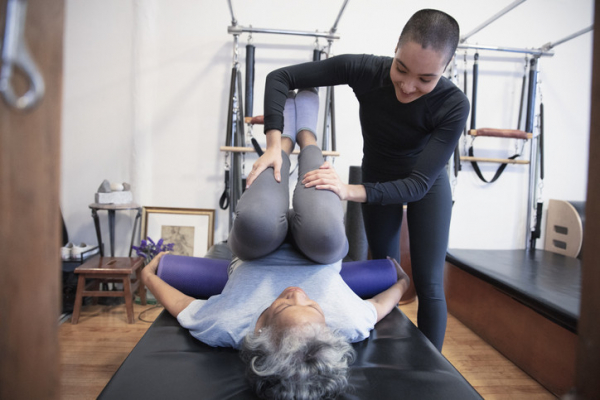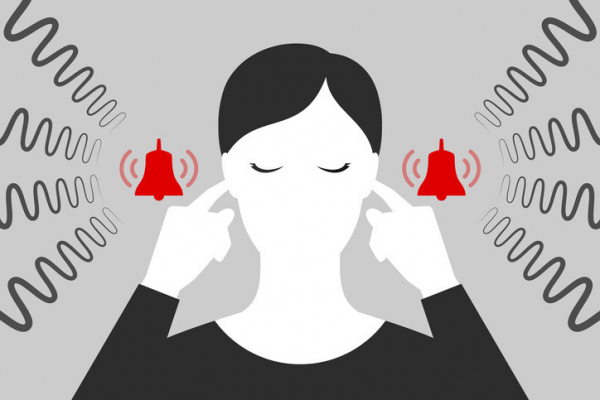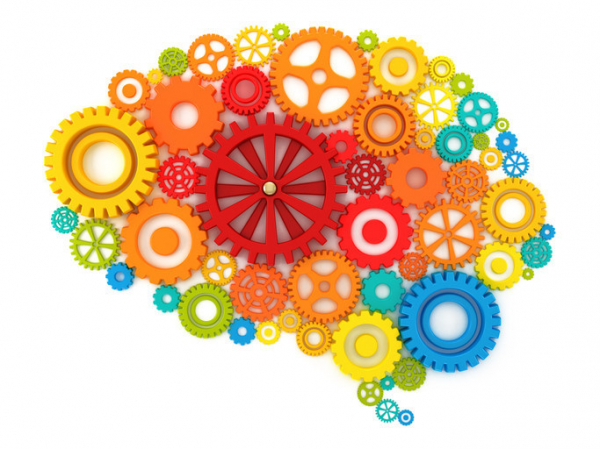

Some things are not debatable. Rain falls from the sky. Elevators go up and down. Orange traffic cones are orange. But because we interpret the world through our experiences, a lot isn’t so definitive.
The boss might say, “Good job,” and we wonder why they didn’t say, “Great job.” We see someone looking in our direction and they seem angry, so we believe that they’re mad at us, and no other explanation makes sense.
What’s happening is that we’re distorting our experience, jumping to conclusions, mind reading, and going to the worst-case scenario. When we do this, we shrink our successes and maximize our “failures,” and because it can be an automatic process, it’s hard to tell when it’s happening. “You don’t know you’re wearing magnifying glasses,” says Dr. Luana Marques, associate professor of psychology at Harvard Medical School.
So what can you do to see things more clearly and with a more balanced perspective? It takes practice and a willingness to tolerate discomfort, but as with addressing any problem, it starts with awareness.
What’s happening when we magnify failures and jump to negative conclusions?
We like to process information quickly, and we use filters to help do that. If we believe, “I’m no good,” all words and behaviors that support that contention just make everything easier.
“The brain doesn’t want to spend energy trying to fight that,” Marques says. And the brain responds depending on the distortion. If something causes anxiety, say from a curious look or comment, the limbic system is activated and we’re in fight-or-flight mode, hyper-focused on the threat, not thinking creatively or considering alternative, less threatening options.
But sometimes, there’s no threat in play. We’re just thinking, probably overthinking, when we question our abilities and minimize our accomplishments.
So what can you do about it?
Label the type of thinking distortion
It helps to define our distortions, the common ones being:
- Catastrophizing: Taking a small incident and going to the worst-case scenario.
- Black-and-white thinking: Seeing only all-or-nothing possibilities.
- Jumping to conclusions: Assuming what will happen rather than waiting to see what will actually happen.
- Mind reading: Assuming what someone is thinking without much evidence.
When you label it, you can better understand and recognize what your go-to distortion is, because “we tend to do one more than another,” Marques says.
After that, it helps to take your emotional temperature by asking: Am I stressed? Am I sweating? Is my heart pounding or my breathing shallow? It brings you more into the moment and it allows you to think about what you were doing that brought on the response, such as, “I was trying to guess the outcome.” It’s another way to pinpoint the distortion you tend to favor, she says.
Challenge the distortion
Whichever distortion it is, you want to examine your assumption by looking for other evidence. If you question your boss’s reaction to you, ask yourself: What does my boss really say? What does this person say about other people? Have I received raises and promotions? Am I given good projects?
An easy trap with distortions is that they’re plausible. A person who is mad at me would give me a look. A person who hated me wouldn’t text me back. Maybe so, but think of five other possible explanations, Marques says. This exercise engages the prefrontal cortex, which takes you out of the fight-or-flight mode and expands your thinking. You’re then problem-solving and not solely keyed on one option.
You also want to ask an essential question: is this thinking helpful? You might realize that all your thinking/wondering/worrying does is make you anxious. Gaining that presence might be enough to get you off the path of distorted thinking. “Asking and answering the question about your thinking pauses the brain, and you potentially see the world differently,” she says.
Being balanced and kind to ourselves
As you examine and attempt to control your distortions, be mindful of how you treat yourself. Self-criticism is a really easy trap to fall into, but try talking to yourself as you would a friend. Better yet, imagine you’re speaking to a child. Your language would be considerate, supportive, and you wouldn’t use words such as “stupid” or “dumb.” This approach also shifts you into the detached, third person. “You get out of your head,” Marques says. “We’re cleaning our magnifying glasses a little bit.”
Lastly, realize that you’re not looking to switch your attitude from “I’m unworthy” to “I’m super-great.” That’s just trading one extreme for another. All you want is to counterbalance your distortion, then let it go. Countering thinking distortions is a lot like meditation, where you practice acknowledging your thoughts without getting hooked onto them. “You don’t have to magnify or minimize.” Marques says.

















